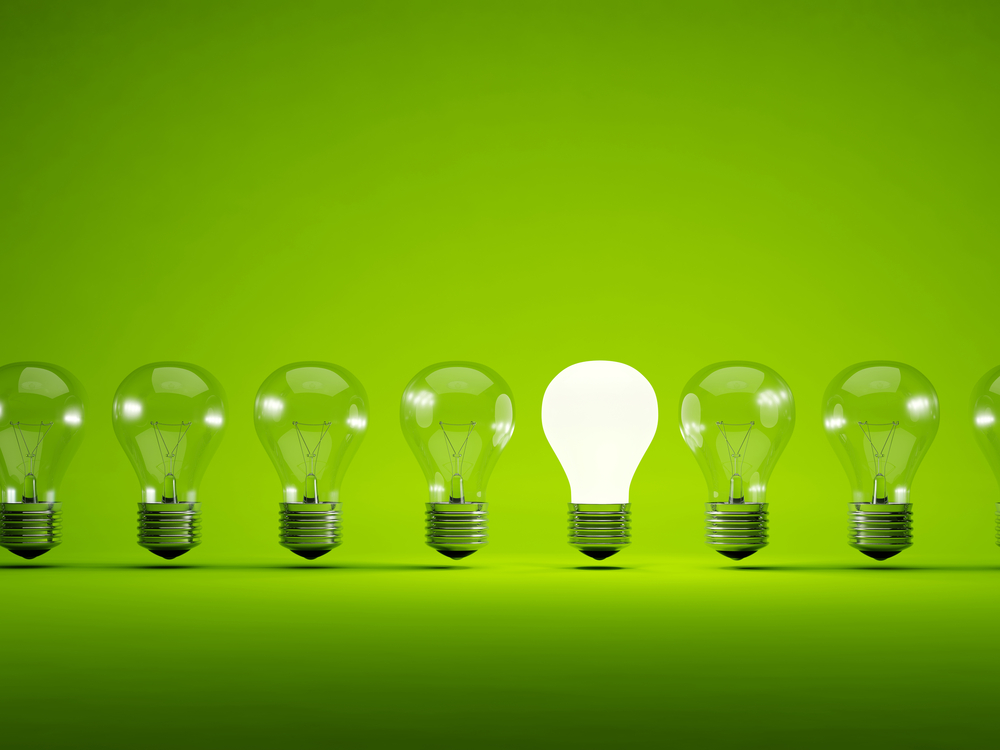Household Bills
How ‘green’ is your green energy tariff?

Uswitch has launched an accreditation scheme for green tariffs to help consumers understand the different approaches suppliers take on renewable energy tariffs.
The Uswitch Green Accreditation aims to show the differences in how far suppliers go to support renewable generation.
According to research by the price comparison site, a third (33%) of households now have a ‘green’ tariff from their energy supplier, but more than half (52%) are confused about what actually makes these deals green.
Almost one in five (17%) people don’t believe that wind power is green, while 7% wrongly consider that burning gas is. More than a third (36%) of households are not sure if they are on a green tariff or not.
Despite UK homes receiving the same energy mix (unless households are solar powered or have Generator Hire in Liverpool) more than a quarter (29%) of households wrongly believe that a green tariff means the power supplied to their home is 100% renewable.
A quarter of consumers (25%) also say ‘jargon’ and ‘confusing information’ stopped them from choosing a green deal last time they switched energy suppliers, while another 9% said they don’t believe that green tariffs are better for the environment.
The Uswitch Green Accreditation categorises tariffs into ‘bronze’, ‘silver’ and ‘gold’ — splitting the tariffs up depending on the level of renewable energy suppliers directly buy and the level of investment they are making to support the growth of renewable energy.
What each classification means
Gold tariffs provide 100% of renewable electricity and 10% of green gas. These tariffs will also provide a meaningful contribution towards increasing and/or promoting renewable energy. This might involve investing in future renewable generation, such as wind or solar and market innovations, for example.
Four Good Energy tariffs (SVT Electricity, Good to Fix Electricity, SVT Gas and Good to Fix Gas) have been named as the first tariffs to be classified as Gold.
Silver accreditation is given to tariffs that include 42.9% of electricity bought directly from renewable generators via so-called power purchase agreements (PPAs).
Dual fuel tariffs that have slightly less electricity purchased via PPAs (around 32.9%) can still reach Silver Standard if they include some green gas (biomethane) in the gas mix and/or offset the gas consumed through schemes that can be traced to specific carbon offset projects.
Bronze tariffs provide electricity that is matched with renewable generation certificates. Suppliers can buy these certificates from renewable energy generators and they show how much renewable electricity has been put on the grid.
Richard Neudegg, head of regulation at Uswitch, said: “Green tariffs are increasingly in demand from those who want to do their bit for the environment, but it’s clear that there’s a vast gulf between the perception and the reality of what makes up these deals.
“Our accreditation system is an industry first, and will make it easier for consumers to make an informed choice when selecting a green energy deal, based on where the energy actually comes from and how much the tariff contributes towards renewable energy in future.
“It’s evident that confusion in the renewables space has been brewing for some time and we want to be on the front foot to help consumers identify the varying levels of green that are being presented to them.”